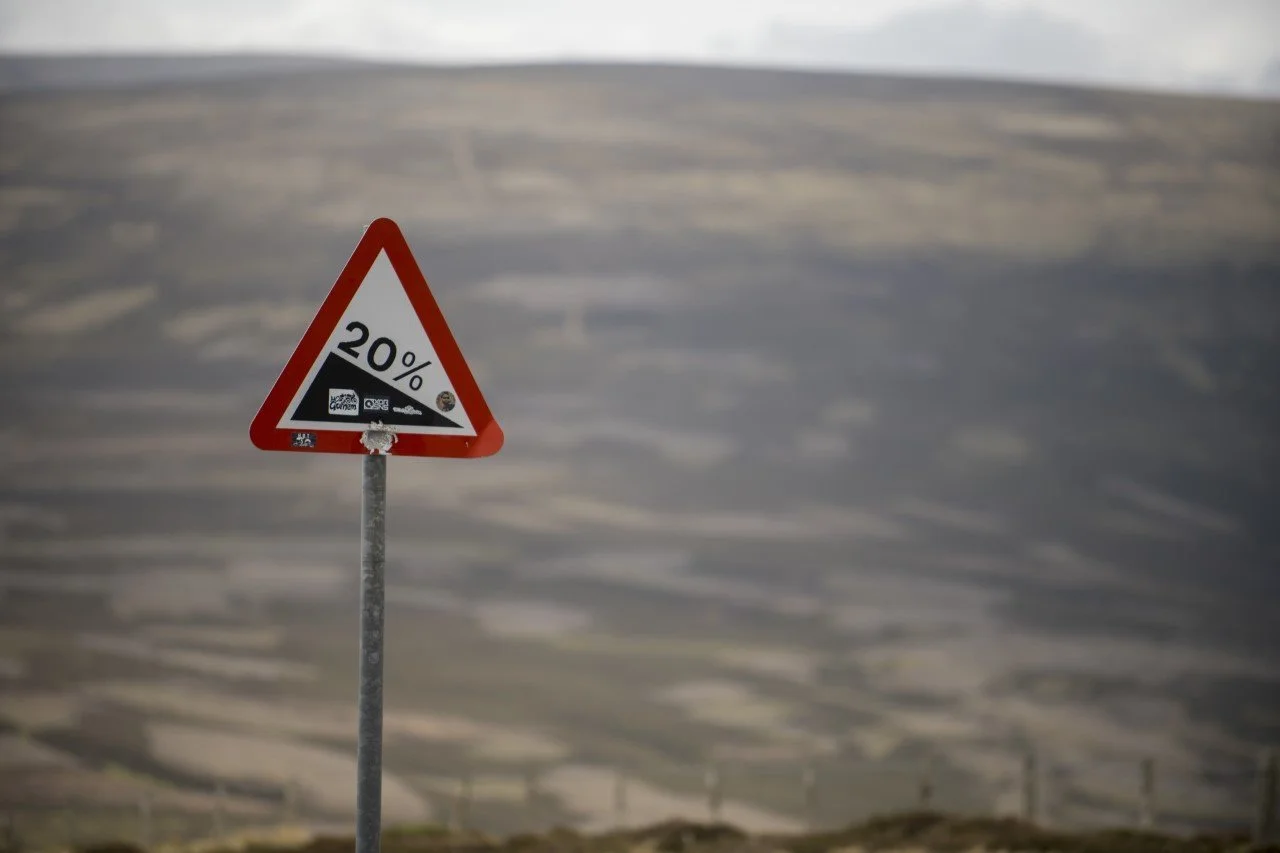HOW TO HANDLE HAIRPINS
If the thought of a first gear, tightening hairpin - especially on a steep incline - fills you with dread, you are not alone. Rapid pro coach Ryan breaks down the elements and the skills needed, so you can tackle winding mountain passes with confidence in future.
Slow manoeuvring
A long way-removed from what is seen as the cool part of motorcycling, sadly. But, ad-libbing my old police advanced course instructor: imagine pulling off the world’s best ride through the country roads, that no one saw, only to drop the bike in front of your neighbour or partner as you pull up at home.
Slow manoeuvring, at a basic level, is about visual skill, weight transfer, and a combination of balancing throttle, clutch, and rear brake:
Visual skill - Look where you want to go: turn your whole head.
Weight transfer - Where you put your body/weight has a huge effect on balance. Contrary to riding at pace, leaning out of the turn and leaning the bike in is required.
Machine control - Know your clutch bite, know the pressure needed for the back brake, know how the throttle reacts and fuels the engine so that you can make minor changes with confidence.
Take time practising those skills with wiggle room, a car park or similar, to hone them.
Read the road
A skill that transcends all elements of riding. See the hairpin bend and take it in; the severity of the bend, the surface and camber, can you see incoming traffic beyond the bend?
Planning
Keep it simple. Ask yourself, what is the best route around the bend taking all the above factors into account? For instance, don’t attempt it at the same time as a tourist coach coming the opposite way. Wait until the bend is completely empty and if safe and legal, open the bend as much as possible by using the whole road, both on entry and exit. Think as slowly as you can but as fast as you need to.
Uphill and downhill hairpins
The bit that can really frighten people, causing you to tense up. Going uphill you’ll need a little more gas to pull yourself up and around, as both the hill and the bend will apply forces that slow the bike down, risking a stall. And that is something you want to avoid at all costs, so manage the throttle and power delivery with the clutch and rear brake.
Going downhill the rear brake is your friend. Momentum is needed for balance use the brake to keep in control, and make sure you’re looking where you want to go.
Fear of dropping the bike
No one wants this to happen, especially with a fully-laden tourer. It sounds overly-simple, but get this thought from your mind, before you ever get to the bend. A clear headspace will allow you to get on with the task in hand, and by focussing on the skills above, it will make it less of a possibility.



